The Vietnamese Tet fruit tray has many differences in all three regions. Even the five fruits do not necessarily mean 5 types of fruit, but the offering tray has 7 or 9 types of fruit, people also call it five fruits - because the five fruits tray has become a symbolic cultural term.
How to prepare the fruit tray
Associate Professor Dr. Nguyen Ngoc Tho, Senior Lecturer at the Institute for Leadership Development, Ho Chi Minh City National University, said that Vietnamese people attach great importance to the arrangement of the ancestral altar and the Tet feast.
Ancient rules such as "east vase, west fruit", offering banh chung/banh tet - watermelon (from the direction of the ancestors' eyes, vase of flowers on the left, tray of five fruits on the right; round watermelon on the left, banh chung/banh tet on the right), preparing "salted meat, pickled onions, red parallel sentences"... are carefully preserved.
Northern people's fruit trays often have bananas.
PHOTO: VU PHUONG
However, cultural researcher Nguyen Ngoc Tho said that preparing for this Tet holiday is only beautiful and meaningful when the whole family works together, and should not leave all the work to the women in the family.
On the altar on Tet holiday, there is usually a vase of flowers and a tray of five fruits because there is a concept: vase means peace, flower means blooming flower, peace and blooming will bring good results, wishing for a peaceful new year and blooming flowers to have a tray of five fruits as the result. According to the rule that the sun goes from east to west, starting and ending a day, the vase of flowers is on the left, the tray of five fruits is on the right, in the direction of the ancestors' eyes looking out, the children in the house looking up is the opposite. The fruits offered on the tray of five fruits are symbols of inspiration, the meaning that the worshiper desires.
Dr. Duong Hoang Loc, Director of the Center for Research and Development of Ethics and Religion, University of Social Sciences and Humanities (Ho Chi Minh City National University) also informed that most families often choose an odd number of fruits when displaying fruit offerings. It can be 3 - 5 - 7 or 9, depending on each family. Many families believe that the five-fruit tray is to show filial piety to ancestors, so it depends on the heart, not necessarily 5 types of fruit.
Tet altar of a family in the North
PHOTO: VU PHUONG
However, during Tet, Vietnamese people prefer colorful fruits to match the concept of the Five Elements theory. The selected fruits are as follows: white melon (Metal element); watermelon, green mango, green papaya, coconut, green fig (Wood element); black grapes, purple star apple (Water element), fire coconut, dragon fruit, red apple (Fire element); yellow Buddha's hand fruit, ripe mango, tangerine, yellow orange (Earth element)...
When displaying fruits on the fruit tray, they need to be cleaned of dust and dried thoroughly to avoid water accumulation so that the fruits can be displayed longer.
How are the fruit trays of the three regions different?
According to Dr. Duong Hoang Loc, each type of fruit in the five-fruit tray has a different meaning: a round grapefruit symbolizes happiness, prosperity, and fulfillment; a red-fleshed watermelon symbolizes all good things, honesty, and "red" business, and the homeowner will be rich; a green-skinned grapefruit with pink flesh is popular so that the homeowner will have a prosperous new year; a papaya symbolizes abundance; a Buddha's hand symbolizes the Buddha's hand protecting people; a mango means spending without shortage...
Because of the pronunciation, the way Southern people choose fruits to display on the five-fruit tray is also very interesting, implying the wish for a prosperous life. For example: custard apple, coconut, papaya, mango, pineapple, fig... with the meaning: "pray for enough to use the fruit" or "pray for enough to use the fruit".
Five-fruit trays in 3 different regions
PHOTO: DIEU MI
The difference in the arrangement of the five-fruit trays between the South and the North can be seen most clearly in the banana bunch. The five-fruit trays of the Southern people usually do not have bananas because according to the Southern pronunciation, it sounds like "chui" which represents bad luck. Some Southern families also do not offer oranges because they are afraid of the saying "quyt lam cam chui" or do not offer pears because they avoid "le let".
Meanwhile, the Northerners’ five-fruit tray often has bananas because a bunch of bananas is shaped like a Buddha’s hand, protecting and shielding people from all things. In addition, the Northerners’ five-fruit tray also has yellow grapefruit, oranges, tangerines, or white peaches and pears.
Usually, Northern families display a tray of five fruits with a bunch of bananas placed at the bottom, supporting all the other fruits. In the middle, you can place a grapefruit or a golden Buddha's hand; peaches, tangerines or chili peppers are placed between the bananas to add accents and color.
People in the Central region are not too particular about the form of the fruit tray because this region has to face the harshest climate in the country all year round, so they usually offer whatever they have, mainly to show respect.
In fact, nowadays, because living conditions change, people from one region go to another to work and live, so the five-fruit tray in different regions also has a "transitional" part. Many families are not too particular, but offer whatever they have, as long as it looks nice. Even if they do not offer five types of fruit, people still call the fruit on the altar on Tet holiday "five-fruit tray".
Thanhnien.vn
Source: https://thanhnien.vn/cach-chuan-bi-mam-ngu-qua-tet-at-ty-2025-nhu-the-nao-18525012717063931.htm


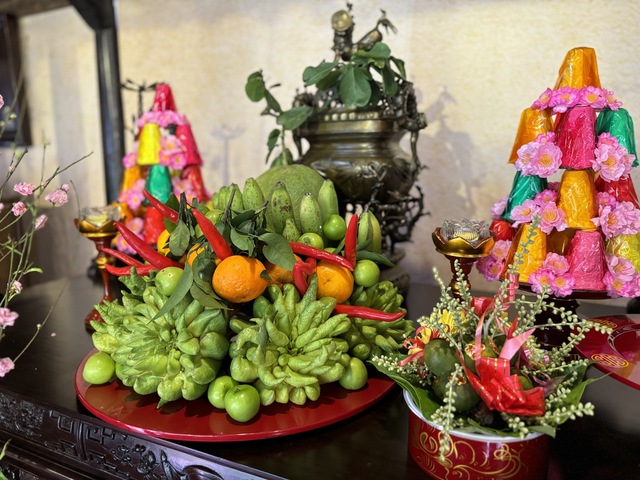
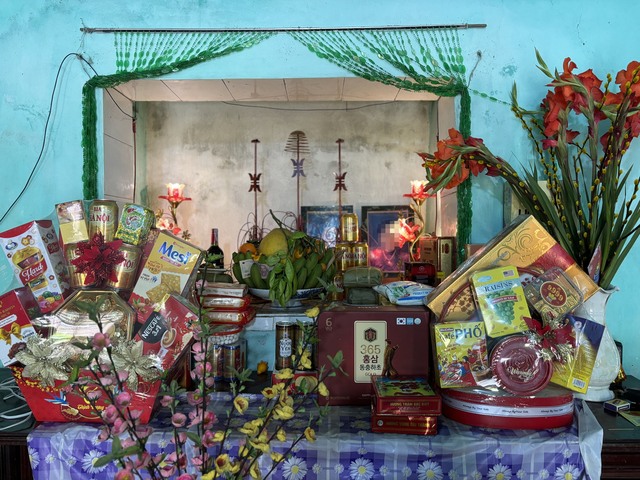
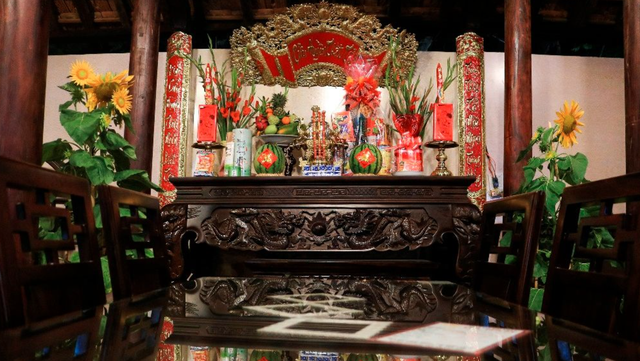
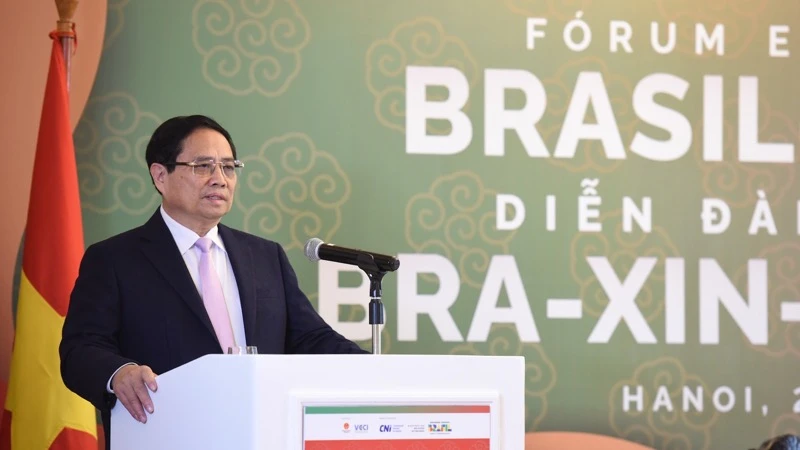

![[Photo] Prime Minister Pham Minh Chinh and Brazilian President Luiz Inácio Lula da Silva attend the Vietnam-Brazil Economic Forum](https://vstatic.vietnam.vn/vietnam/resource/IMAGE/2025/3/29/f3fd11b0421949878011a8f5da318635)


![[Photo] Brazilian President visits Vietnam Military History Museum](https://vstatic.vietnam.vn/vietnam/resource/IMAGE/2025/3/29/723eb19195014084bcdfa365be166928)
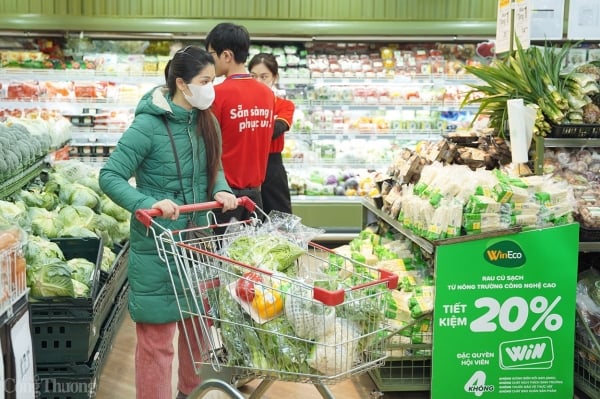

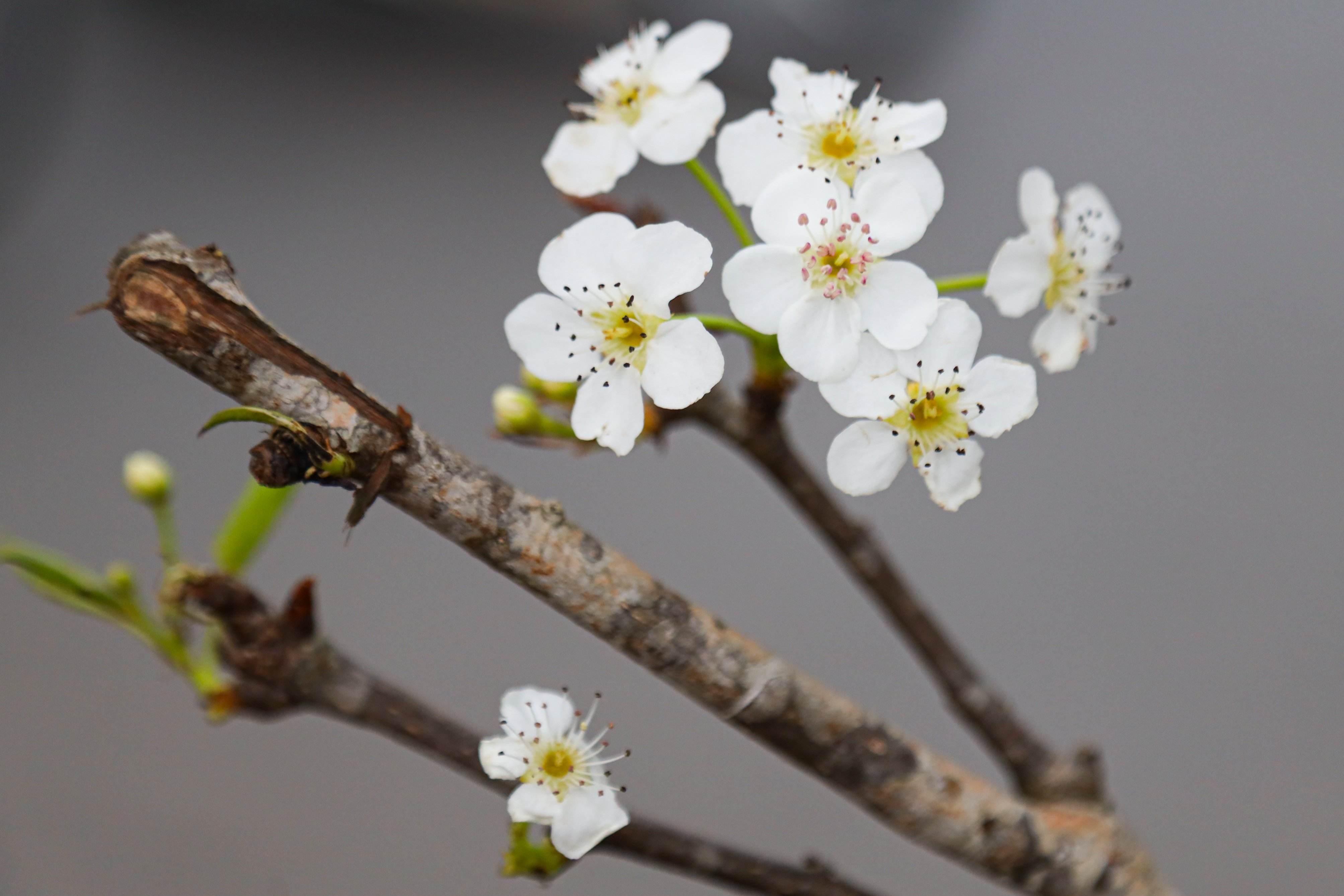



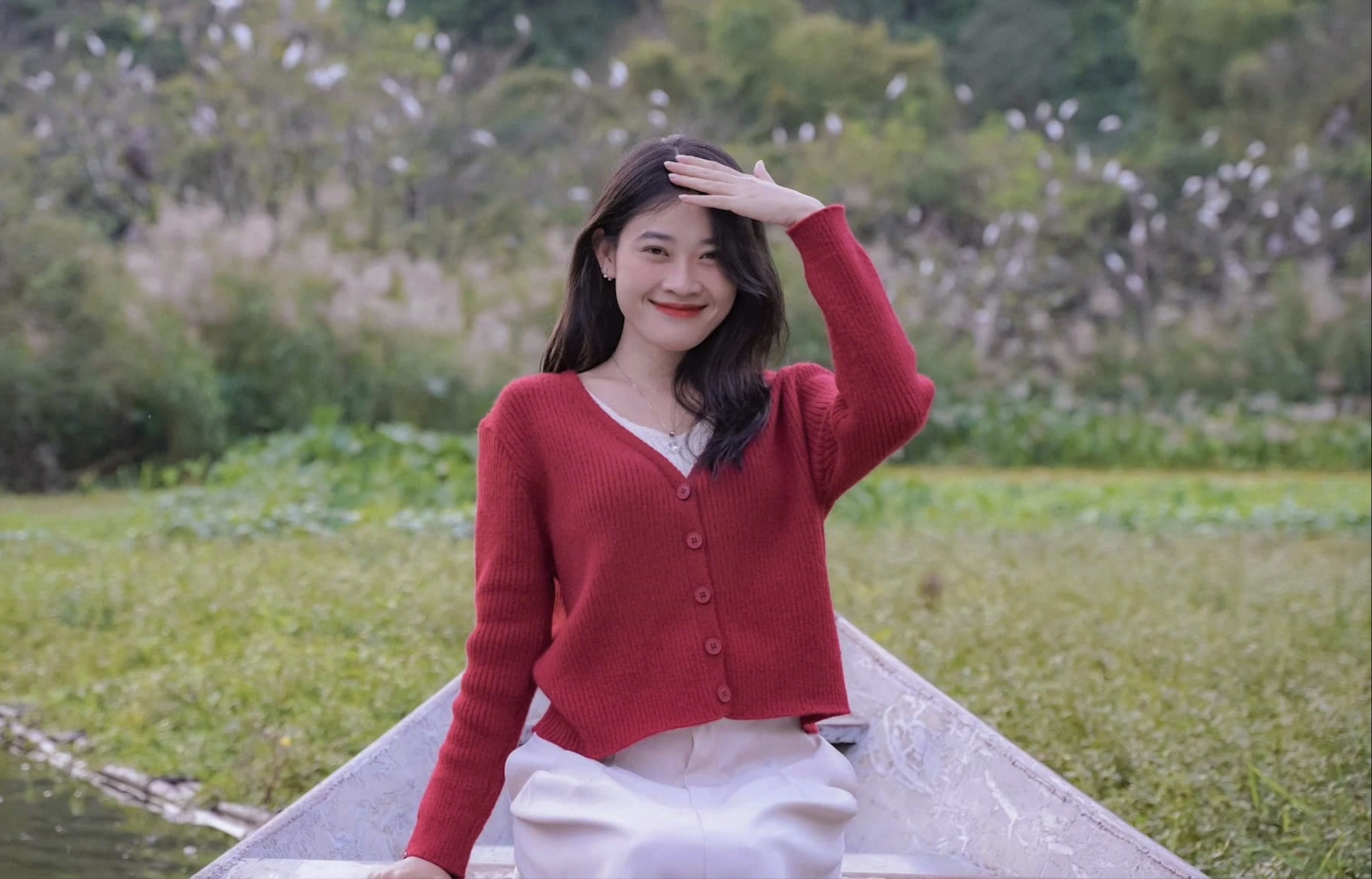

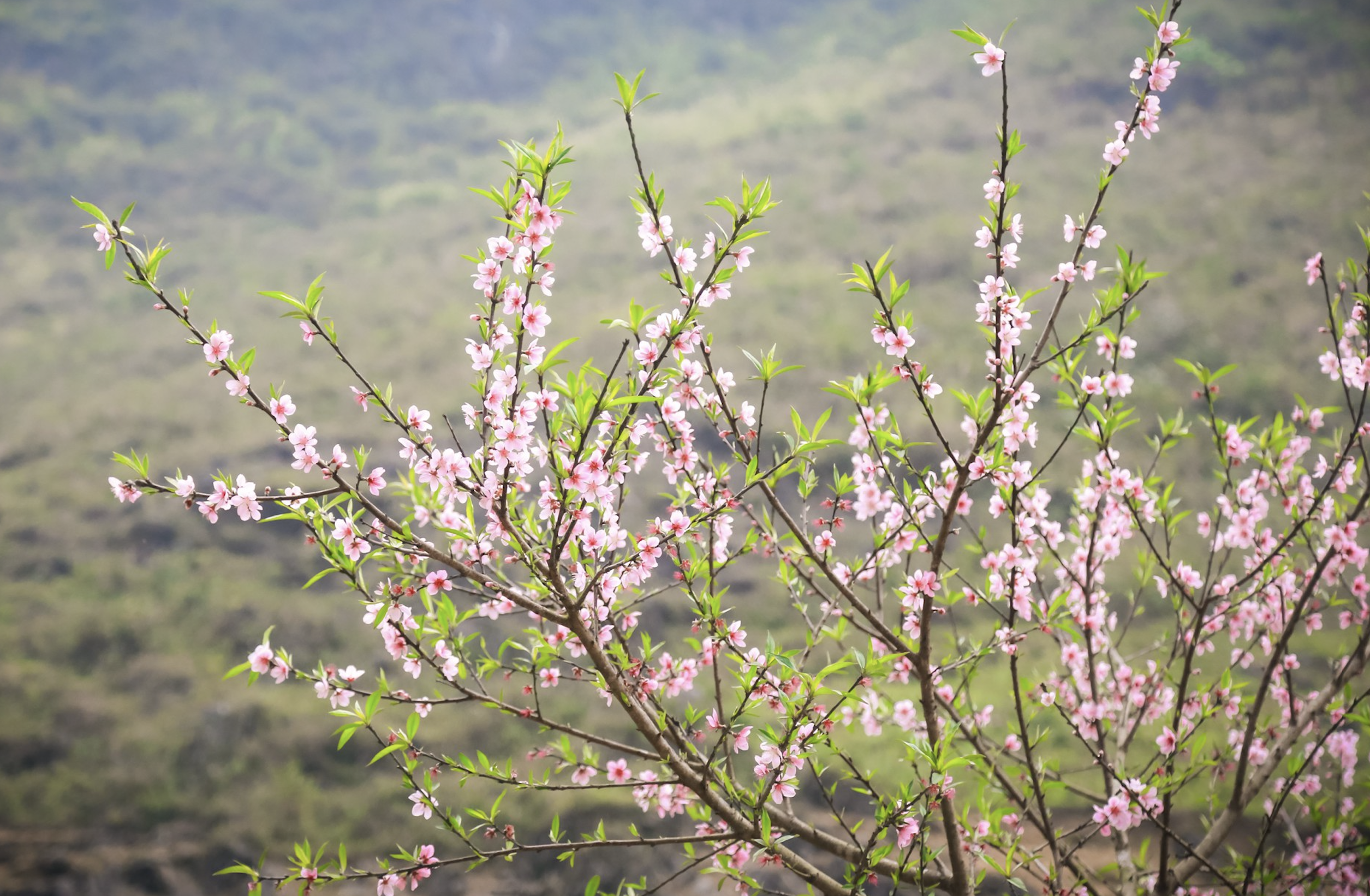

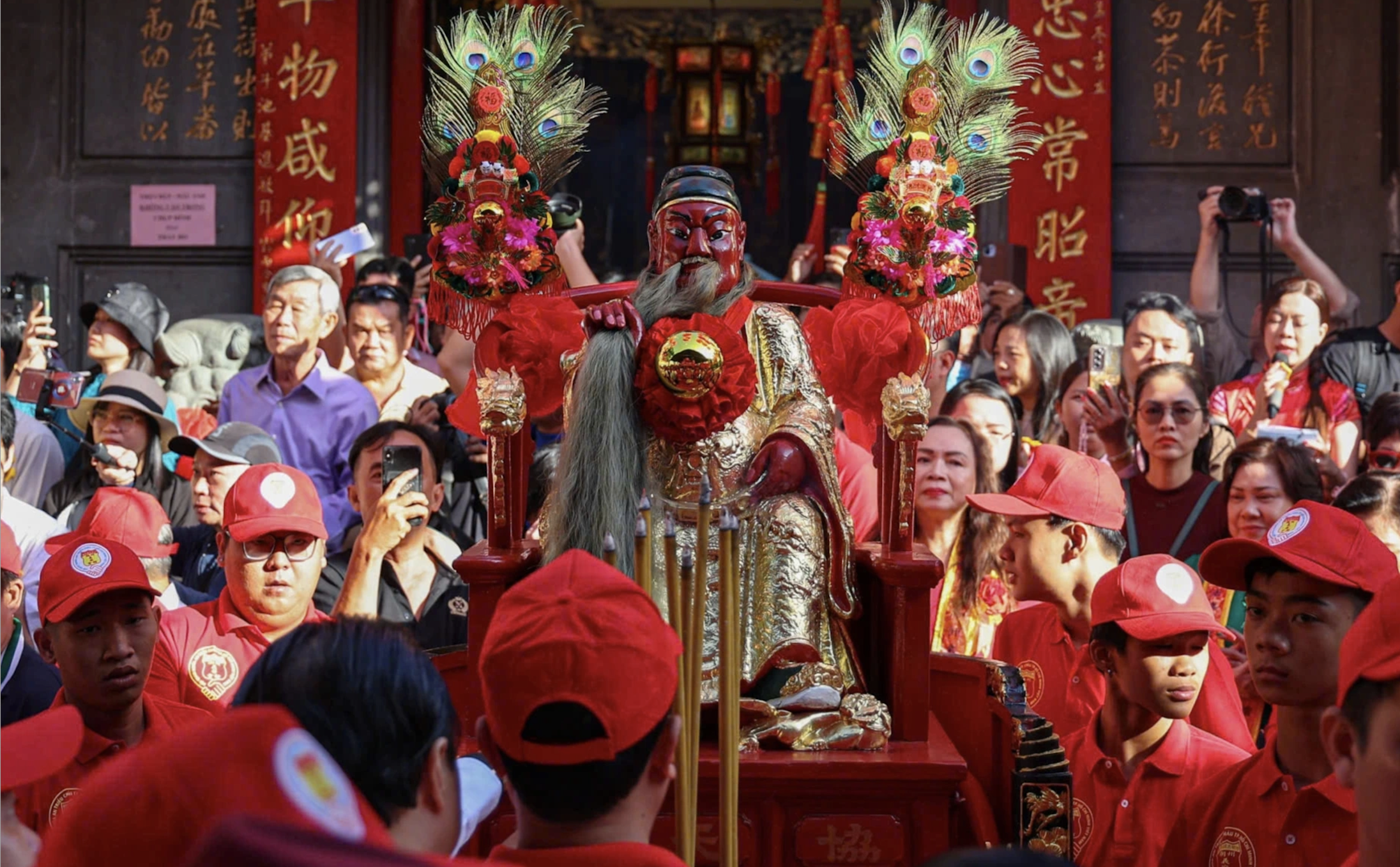
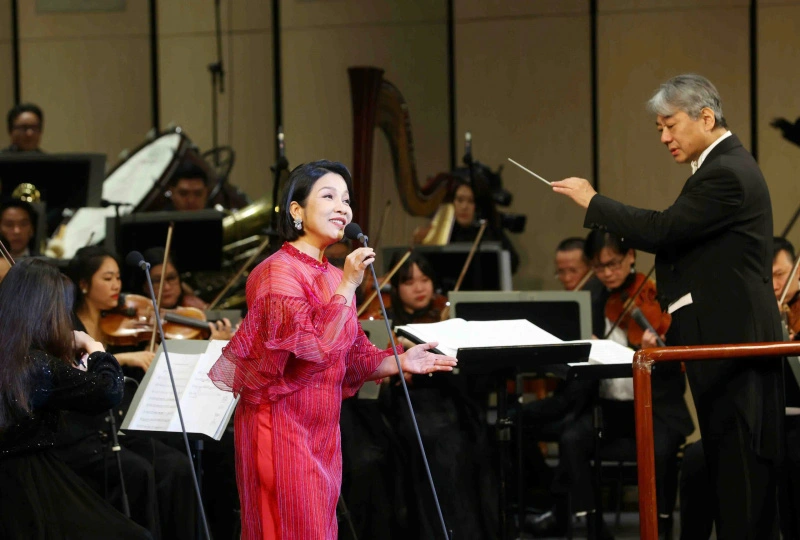
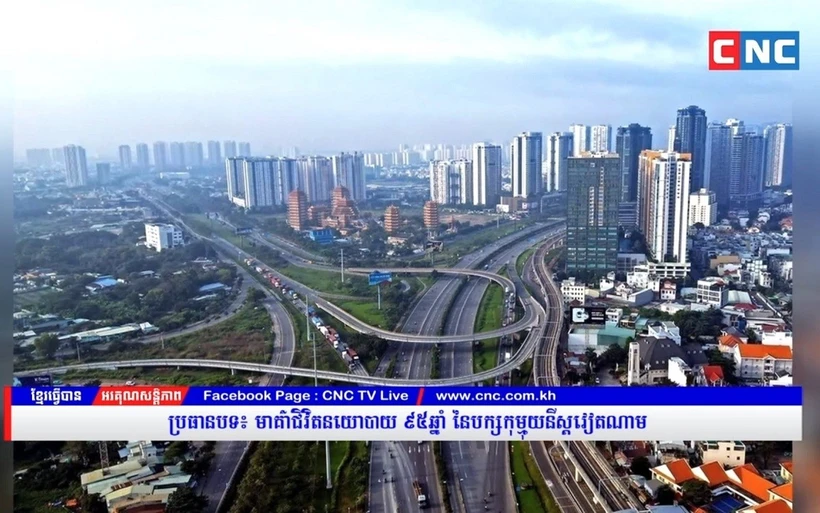
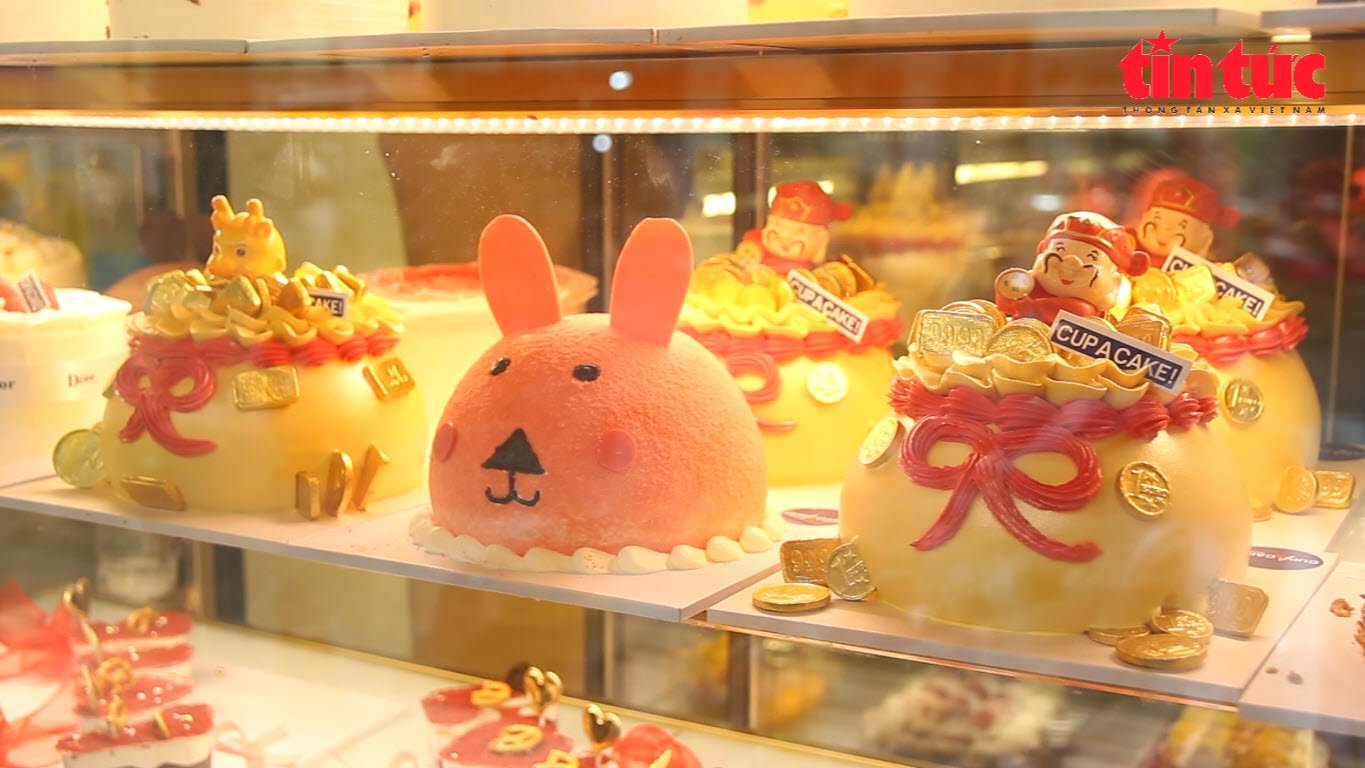
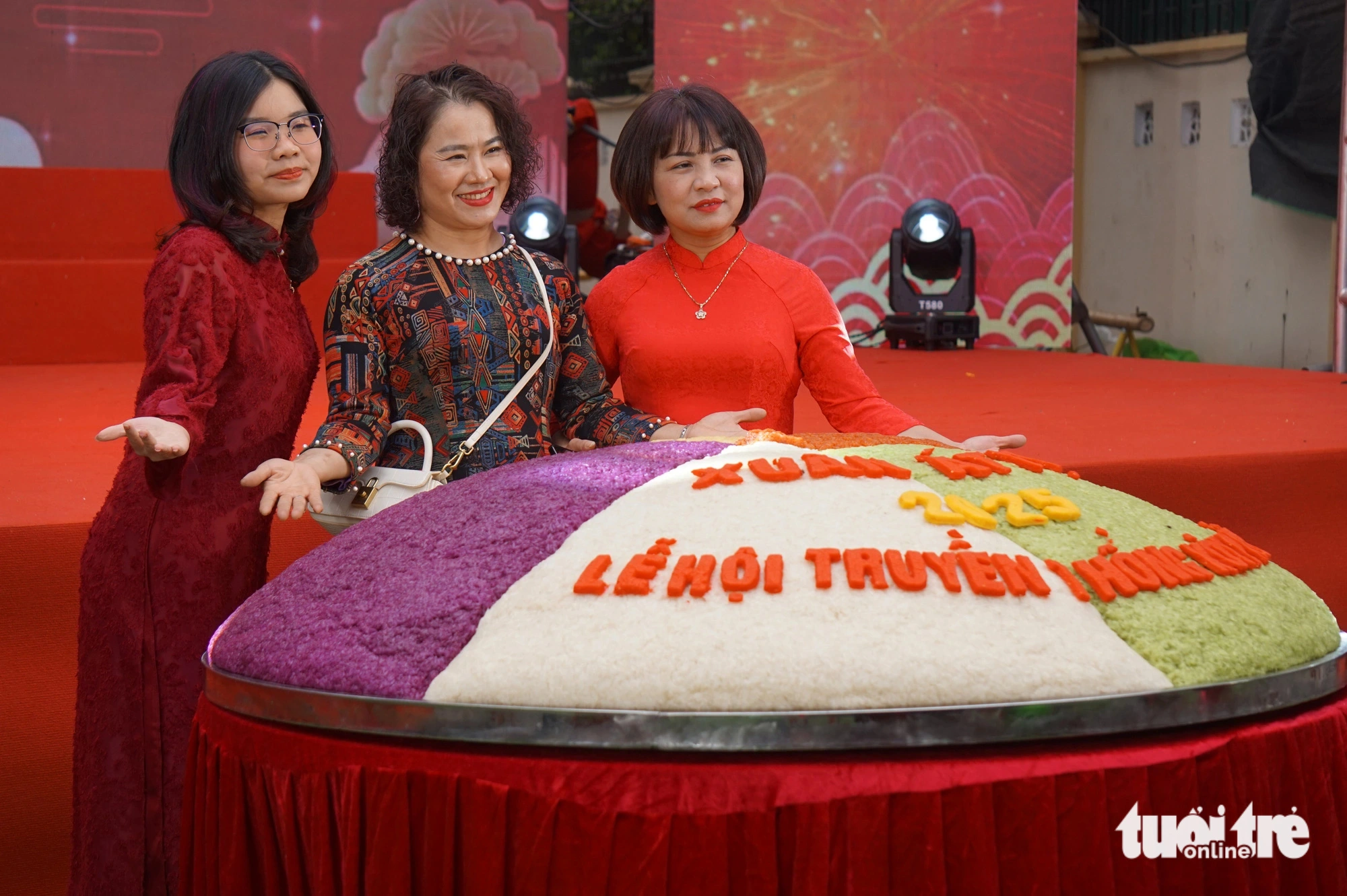
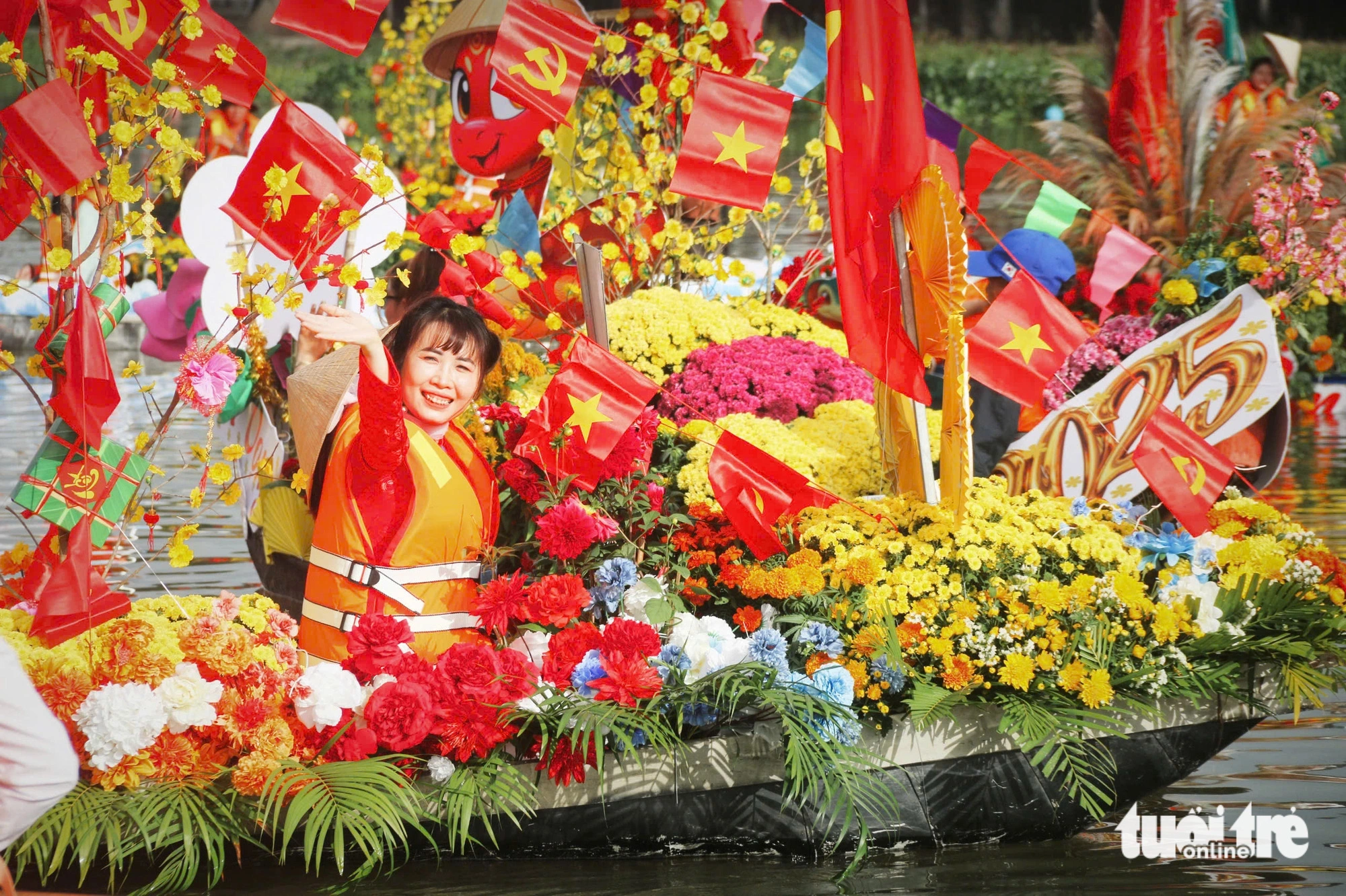
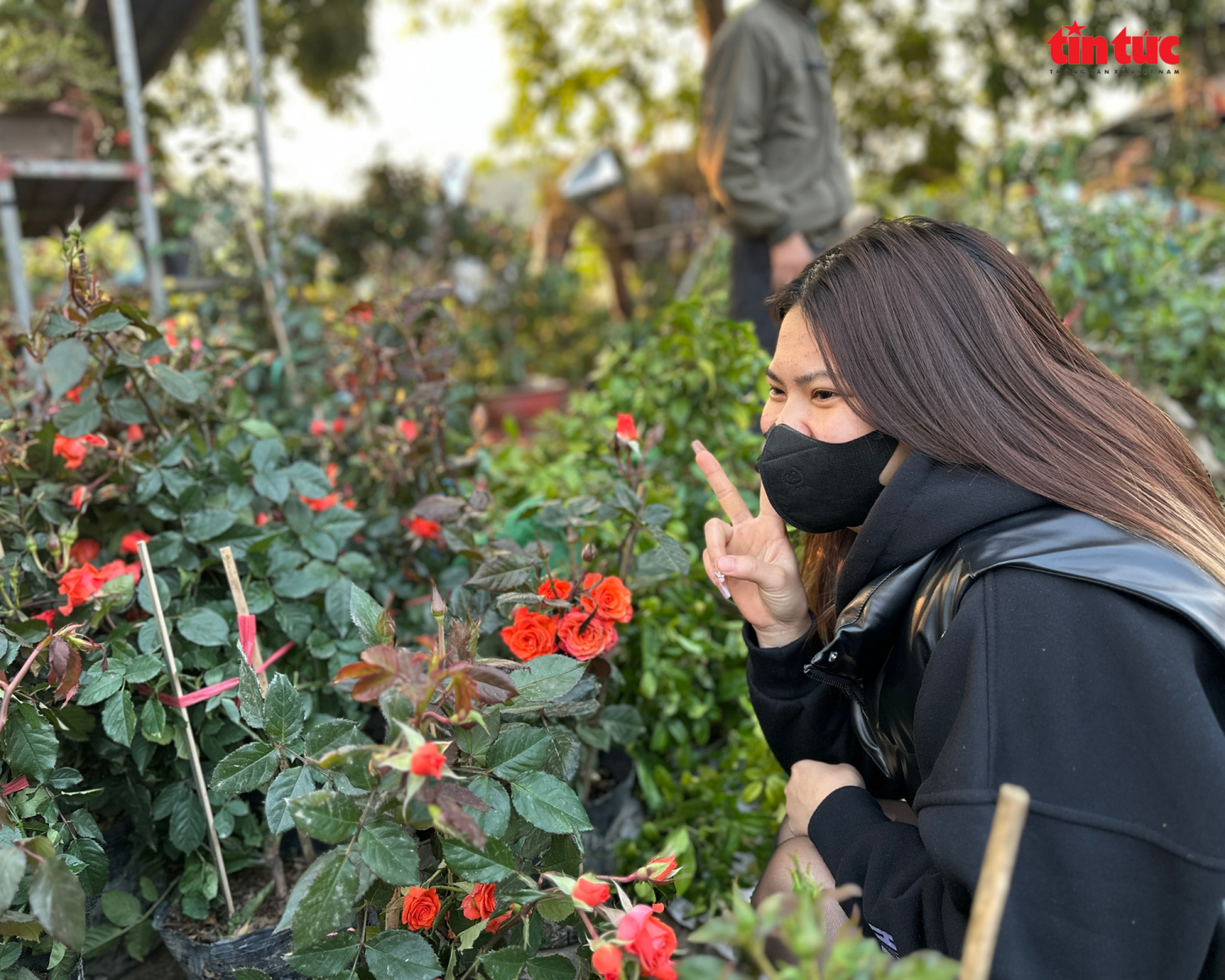

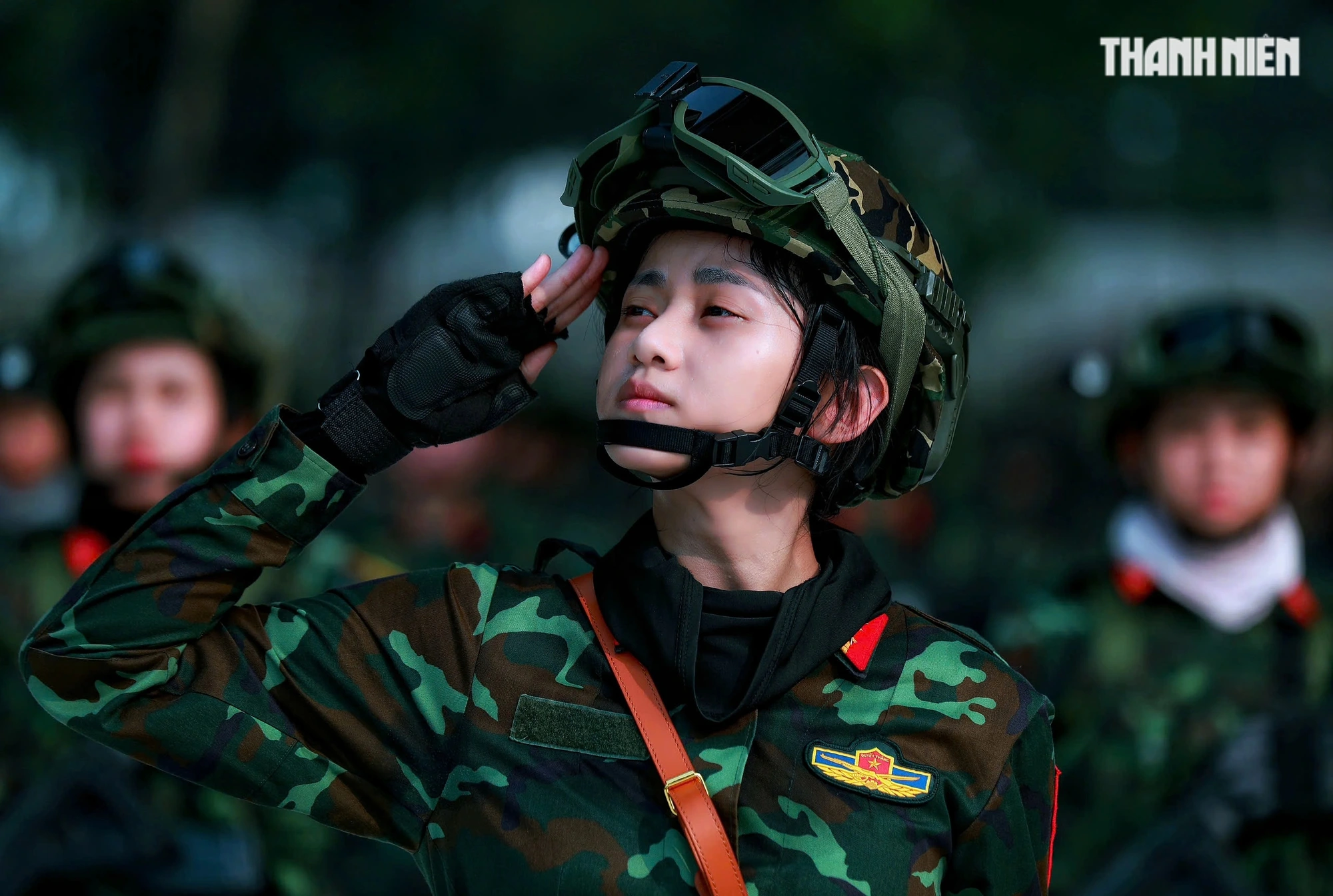


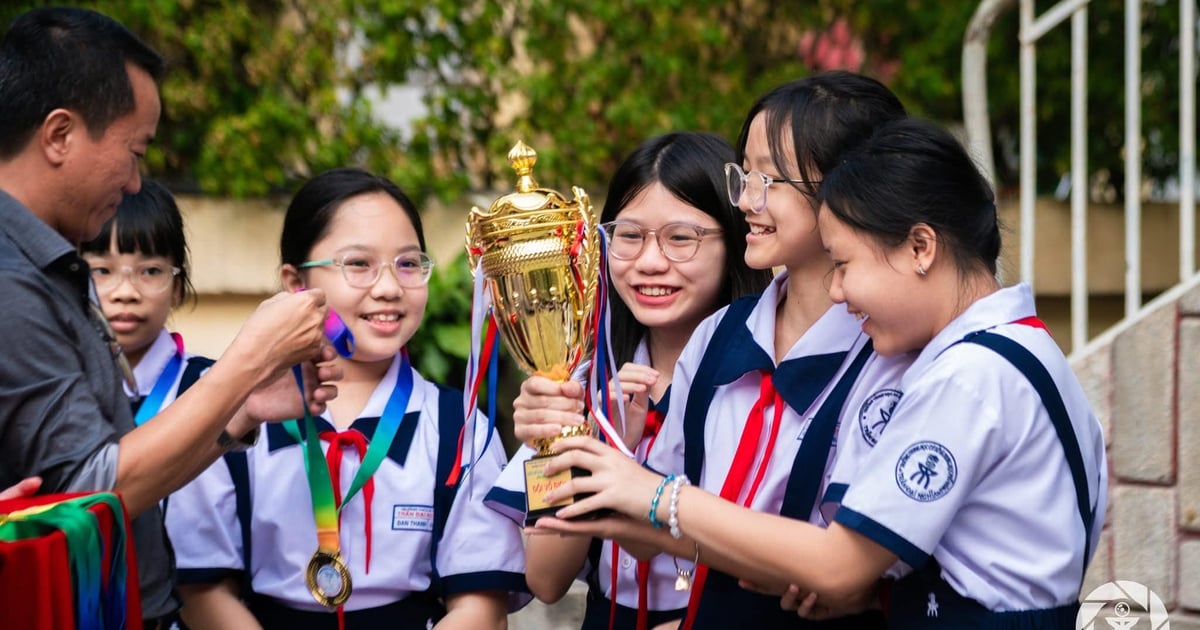



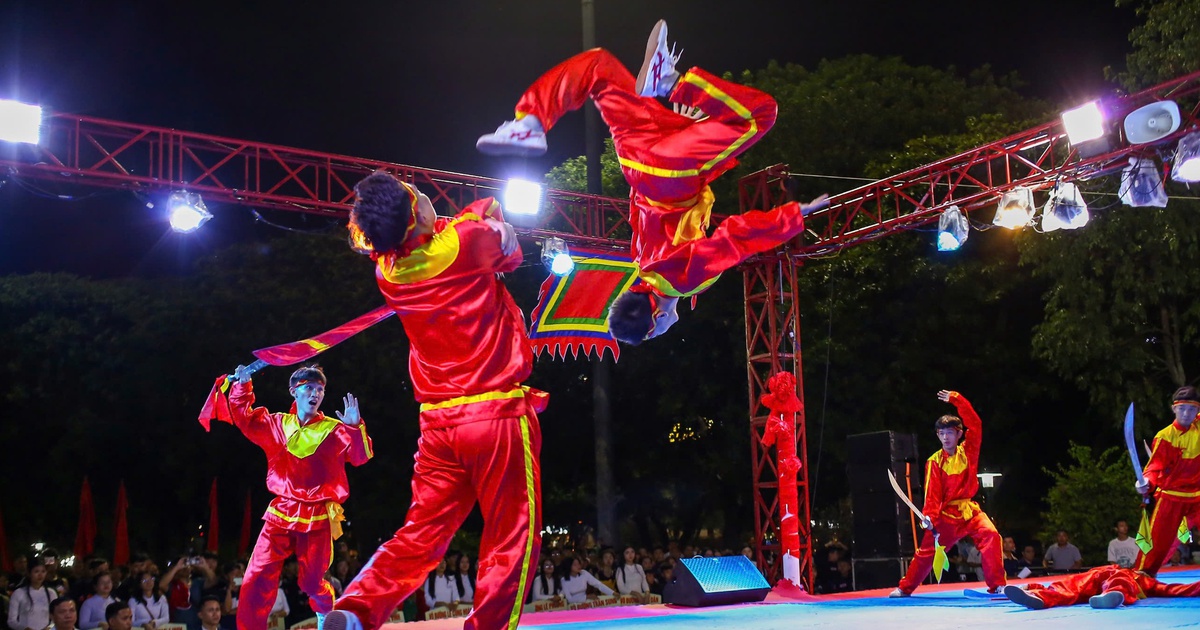
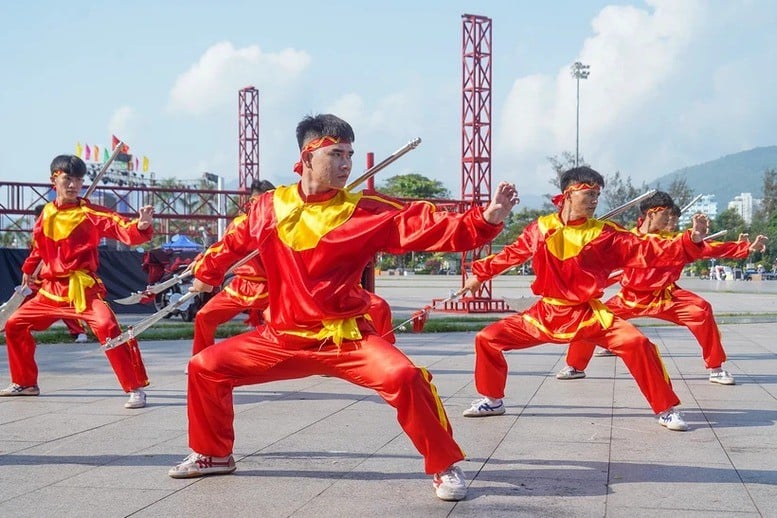




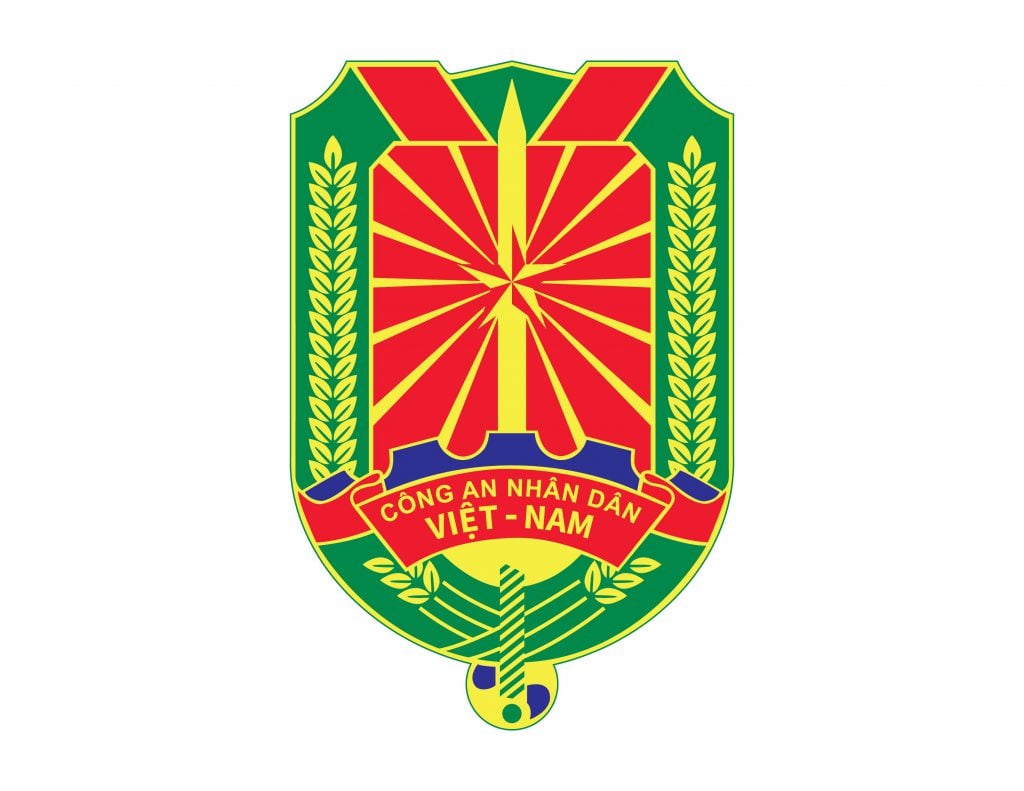




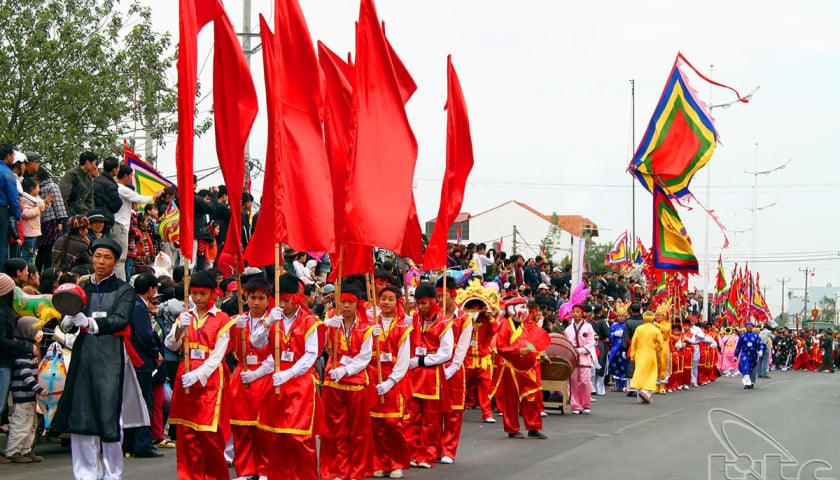




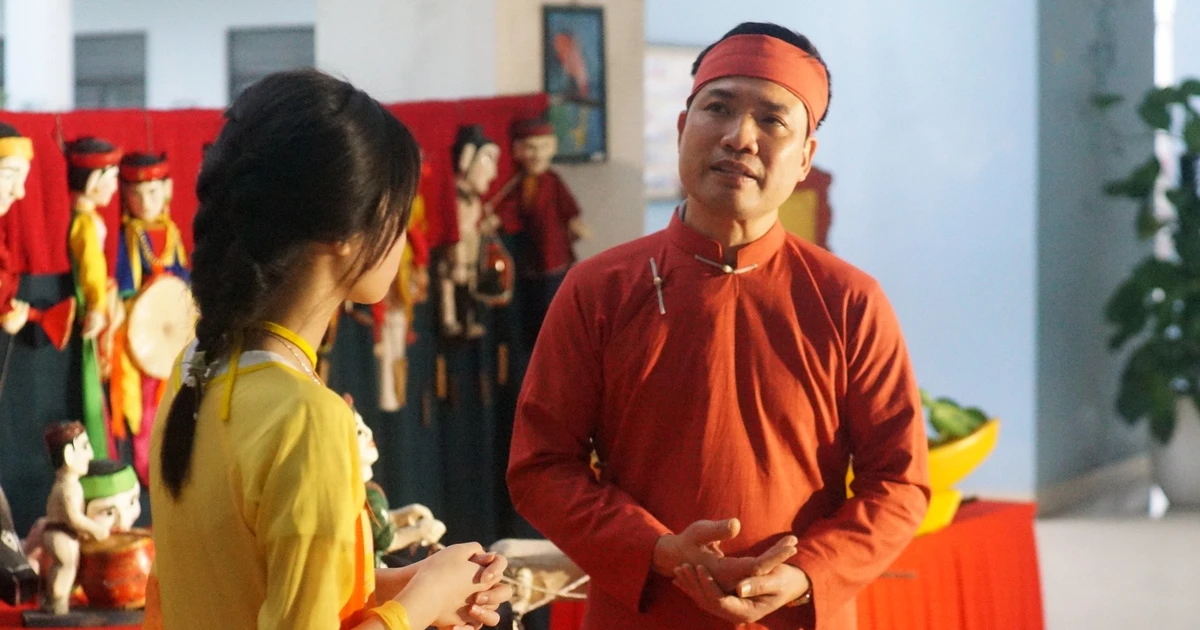
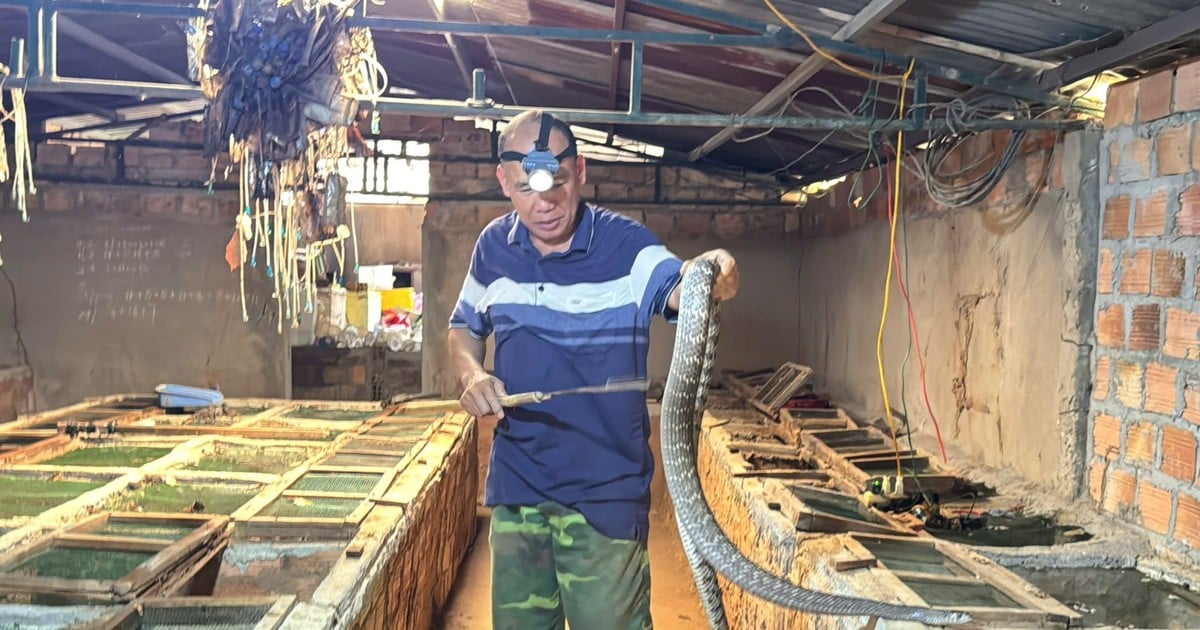
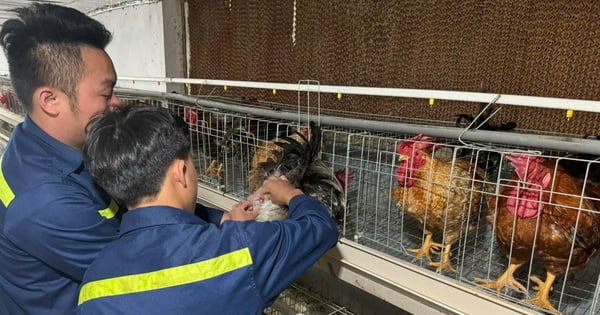

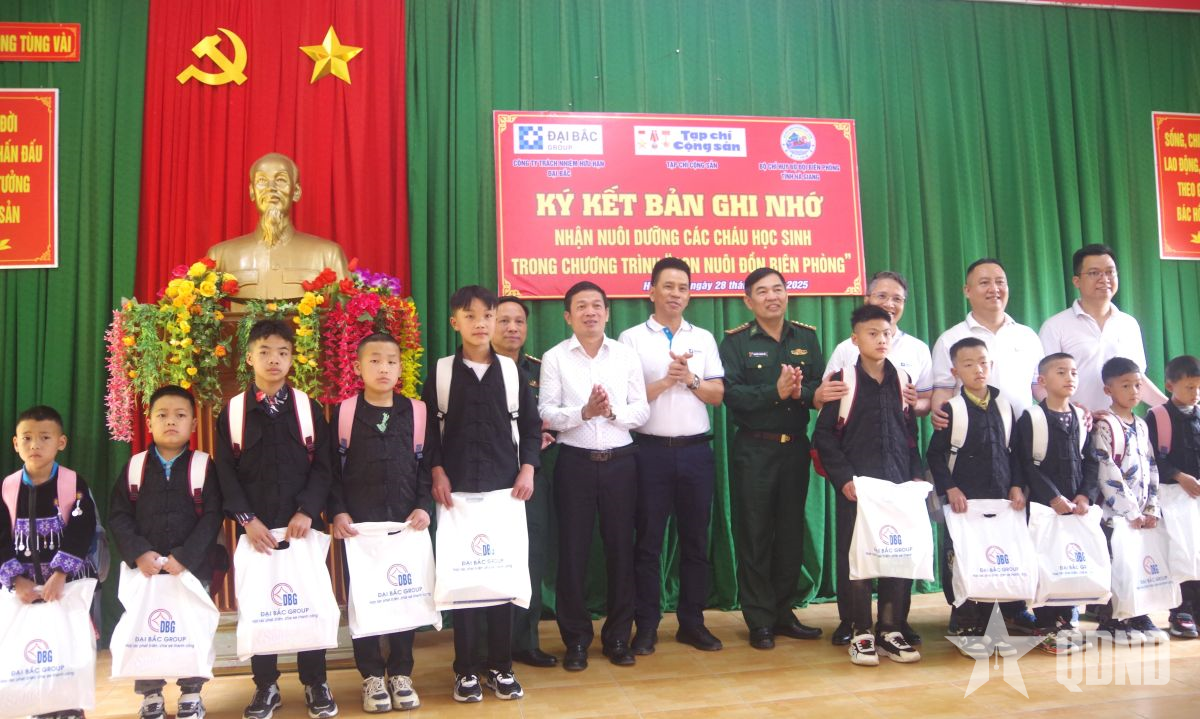



















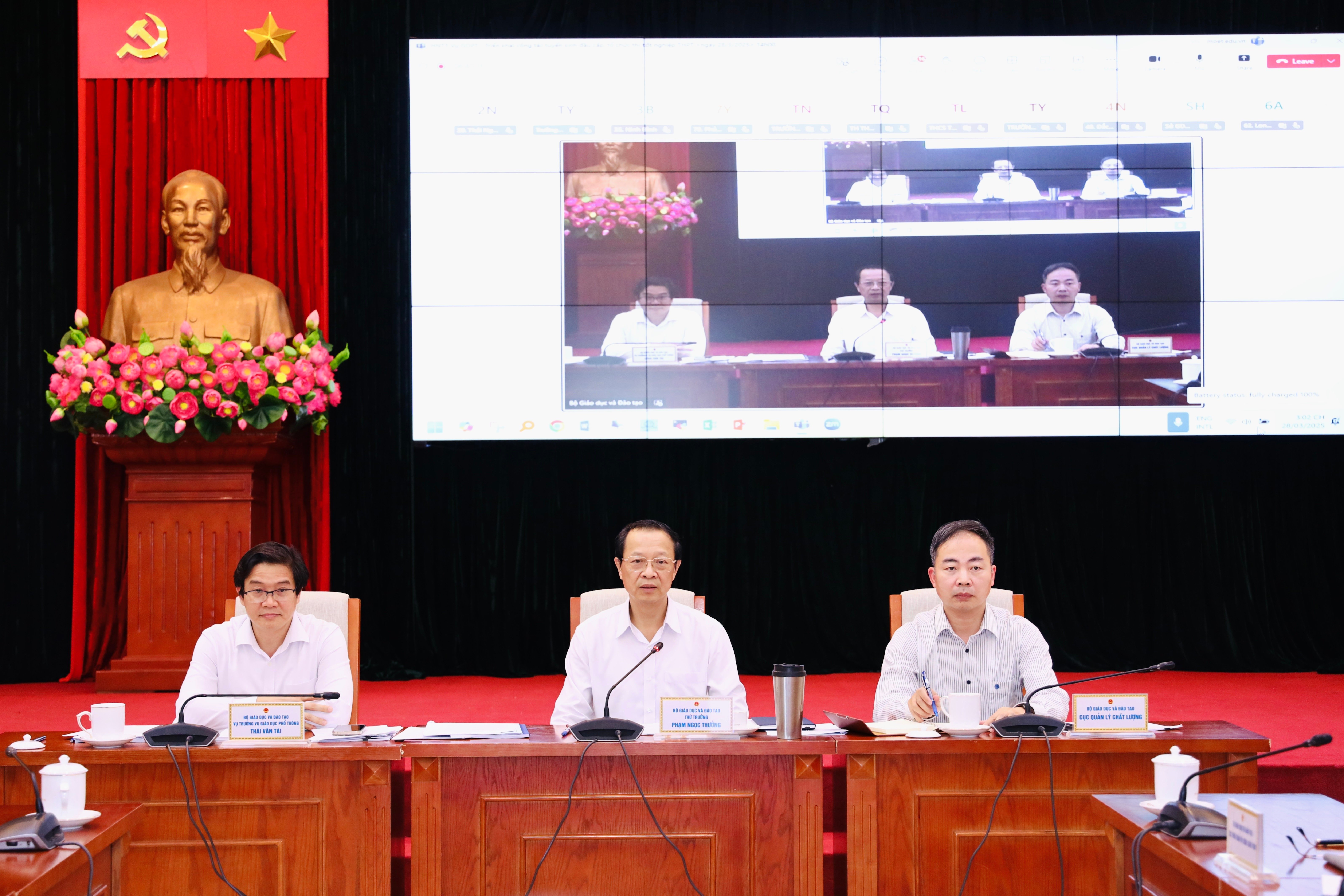
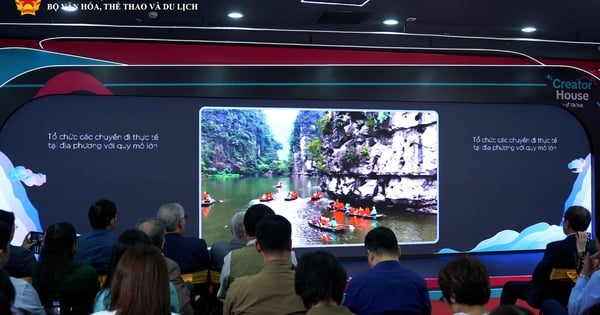



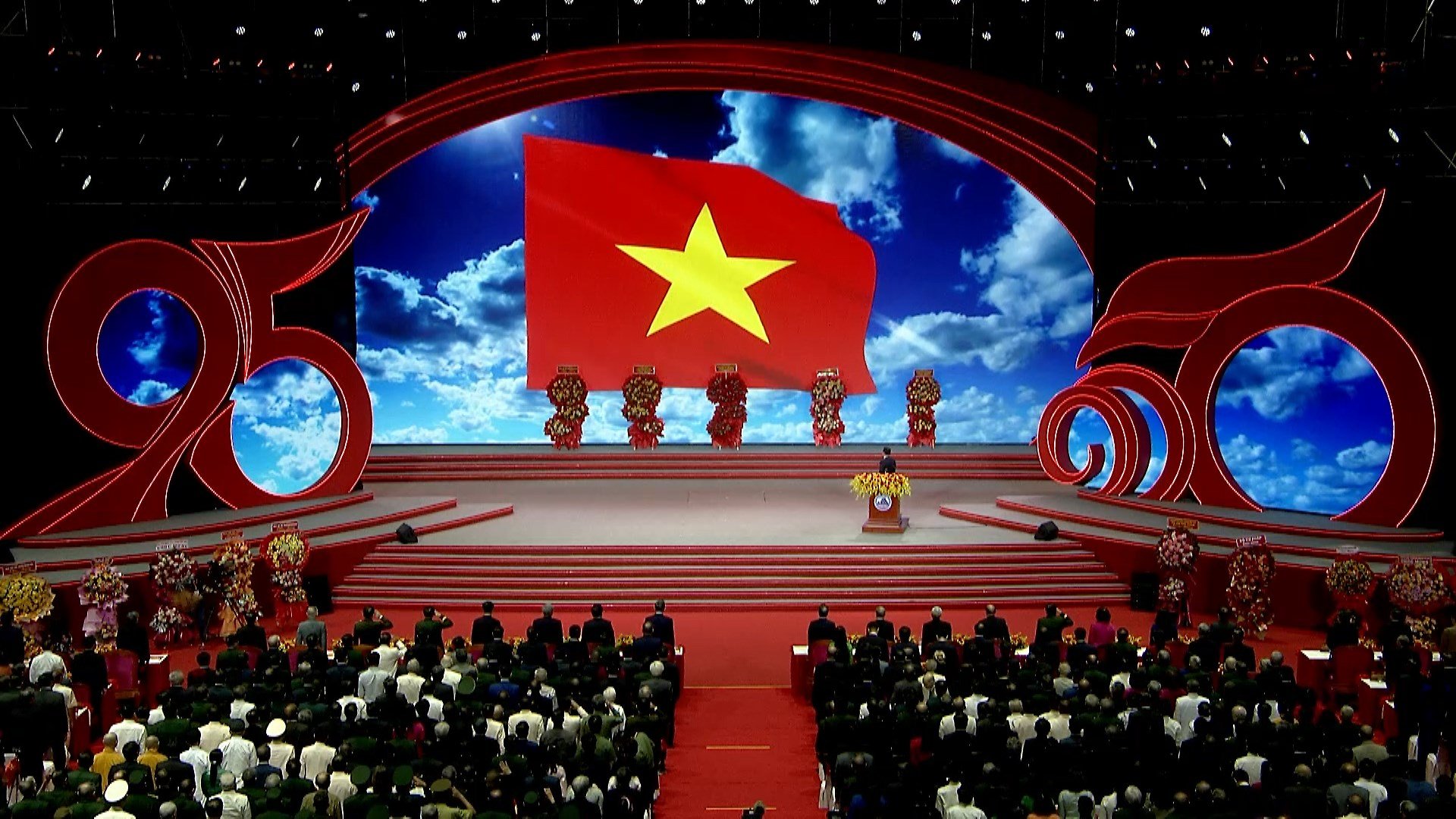
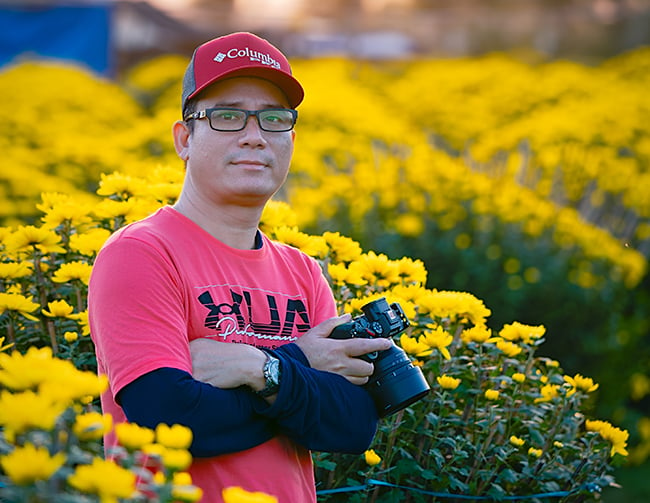
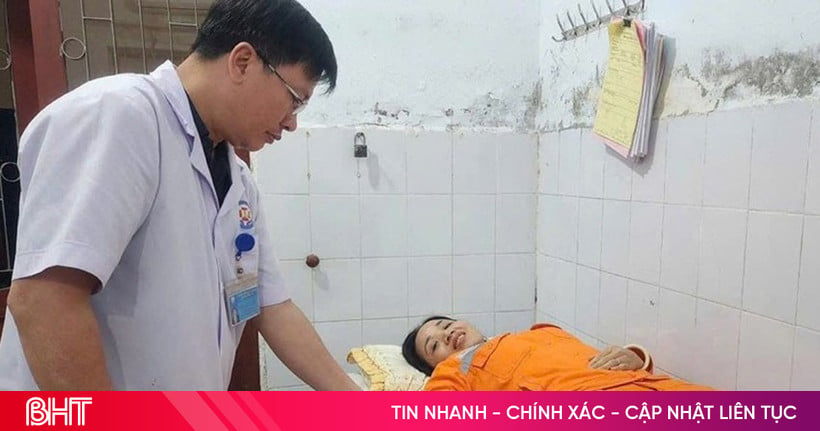



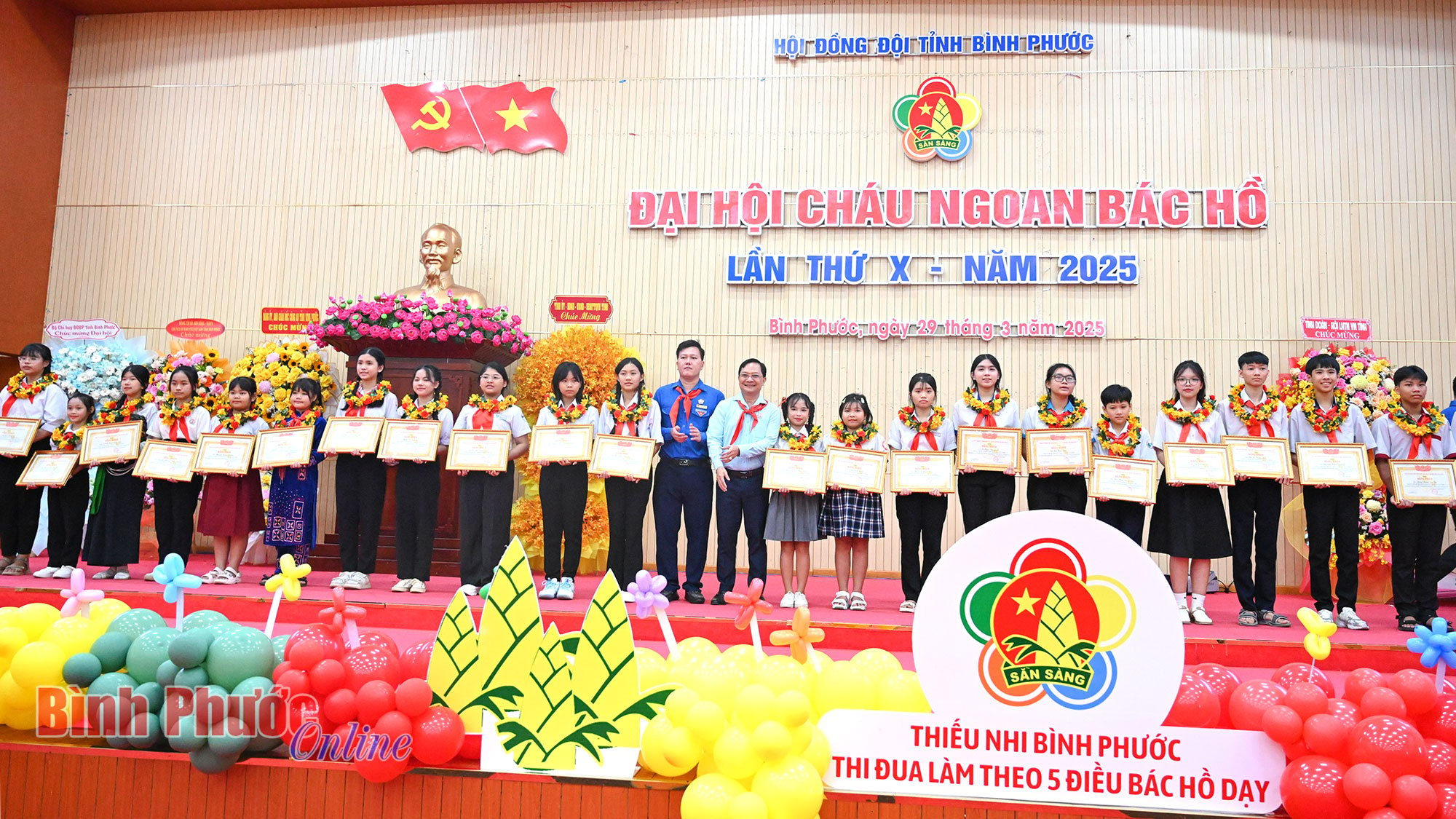




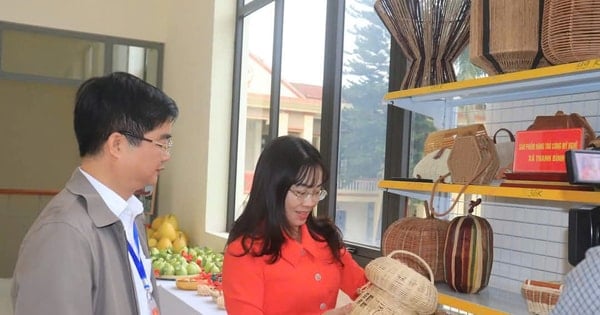

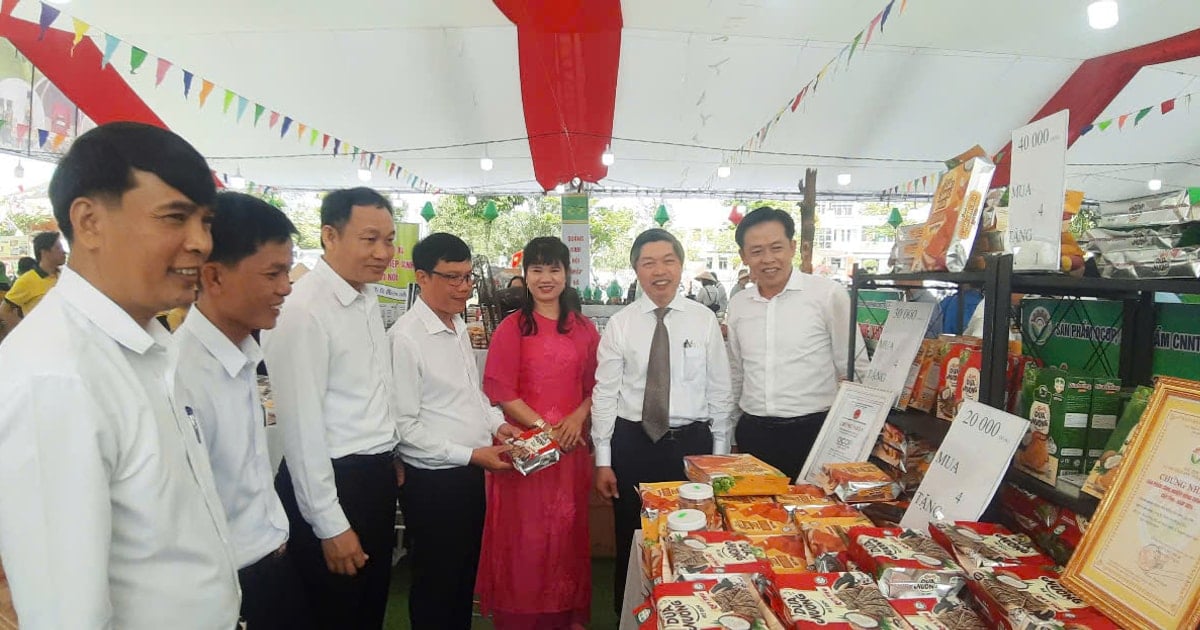




Comment (0)